縄文對彌生:追溯日本史前時代的文化變遷

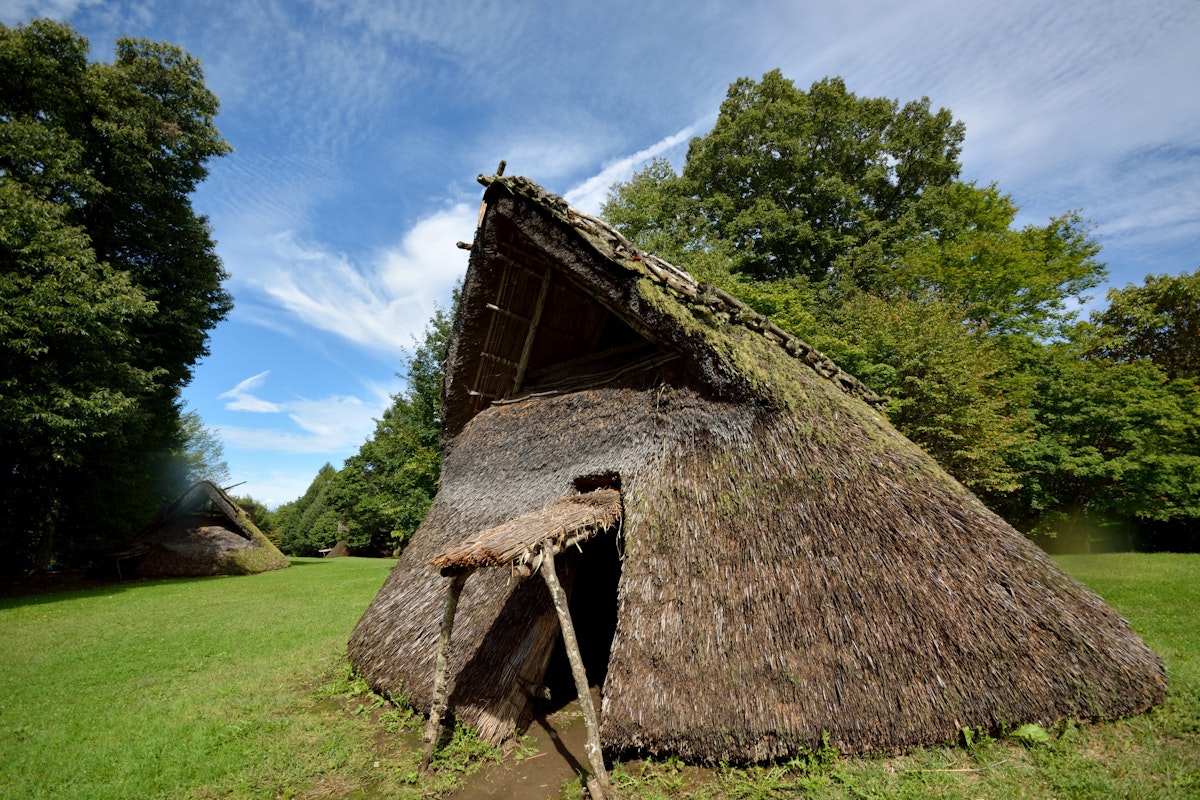
- 縄文人是誰?
- 從縄文時代到彌生時代的轉變
- 彌生人是誰?
- 而彌生人則是緊接著縄文人的第一個完全定居和農業文明。彌生人引入水稻耕作,顯著改變了社會結構和生活方式。
- 另一個顯著的影響是彌生時期源起的社會階層。這些基於水稻耕作和隨之而來的社會變革而強化的階級結構,仍在日本社會中發揮著重要作用,影響社會行為和溝通。內外群體的觀念,例如“內”和“外”,便是這一持續影響的最佳例證。
- 但要真正欣賞這一遺產的深度,人們必須親自體驗。我們邀請您與TripToJapan一起展開探索之旅。我們精心策劃的旅遊將使您沉浸在真正的日本,從東京的繁忙街道到京都的寧靜寺廟,及更遠的地方。您將有機會在博物館近距離觀賞縄文陶器,見證源自彌生時期的水稻耕作傳統,還有更多。
日本的文化景觀受到豐富歷史織錦的塑造,每一個時代都留下了其獨特的印記。兩個對日本文化形成具有重要貢獻的關鍵時期是縄文時代和彌生時代。這些時期跨越了數千年,見證了生活方式、技術和藝術表達的劇變。
縄文時代約從公元前14000年至公元前300年,特徵為狩獵採集者文化,精緻的陶器以及世界上最早的陶器之一的出現。另一方面,彌生時代,從公元前300年至公元300年,標誌著農業、冶金和更定居的生活方式在日本的開始。
這篇博文旨在深入探討從縄文時代到彌生時代的迷人旅程,追溯史前日本的文化變遷。我們將探索縄文人和彌生人是誰,他們的生活方式、文化、藝術成就和技術創新。加入我們的歷史探索,讓我們一窺日本的過去如何塑造當前的樣貌。
縄文人是誰?
縄文人是日本已知的第一批居民,生活於約公元前14000年至公元前300年。‘縄文’這個詞在日語中意為‘繩紋’,這指的是他們製作的獨特陶器。他們主要是狩獵採集者,居住在日本北部的小型社區中,特別是在南部的北海道和北部的本州地區。
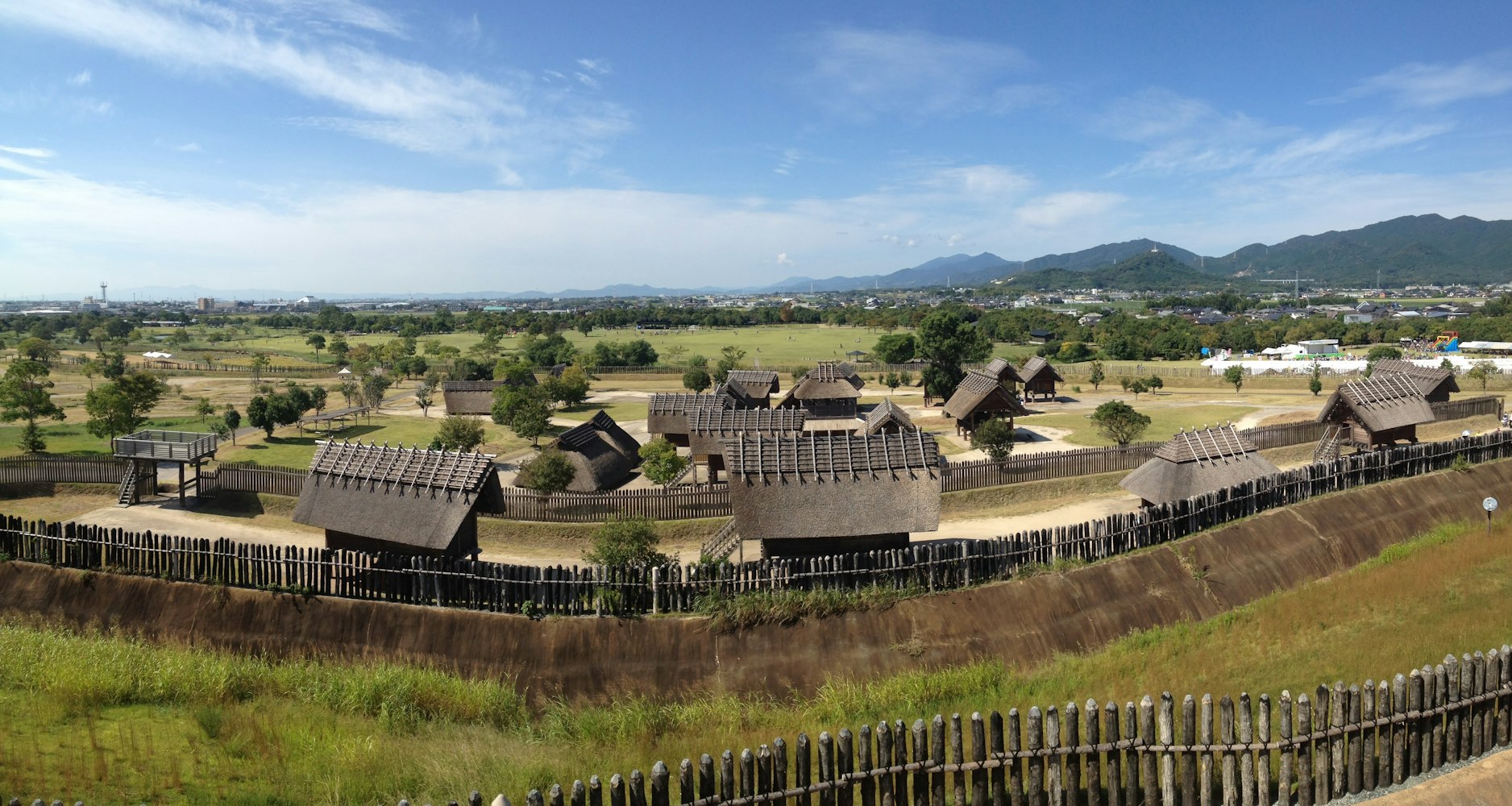
縄文人與他們的亞洲同時代人有著明顯的區別。與正在中國和韓國出現的農業社會不同,縄文人的生活方式與自然緊密相連。他們的文化特徵是一個豐富的精神信仰體系,通過他們獨特的藝術和技術實踐表現出來。
縄文的生活方式和文化
縄文文化受到其狩獵採集生活方式的強烈影響。他們依賴狩獵、釣魚和採集來維持生計,有證據顯示他們食用野生動物、堅果、漿果、海鮮和植物。他們住在坑道住房中,即半地下的結構,以防止嚴酷的日本北部冬季。
在社會上,縄文人似乎生活在小型合作群體中,強調共同活動。他們的精神信仰深深植根於自然,這從他們的儀式性實踐以及他們創作的描繪動物和人類的陶偶和陶器中可以看出。
縄文時代的藝術成就
縄文時代以其陶器而聞名,這些陶器也是世界上最古老的陶器之一。這些陶瓷的特點在於其精緻的繩紋圖案,名稱“縄文”即源於此。這些器皿不僅有實用價值,還可能具有美觀或象徵性或精神價值。
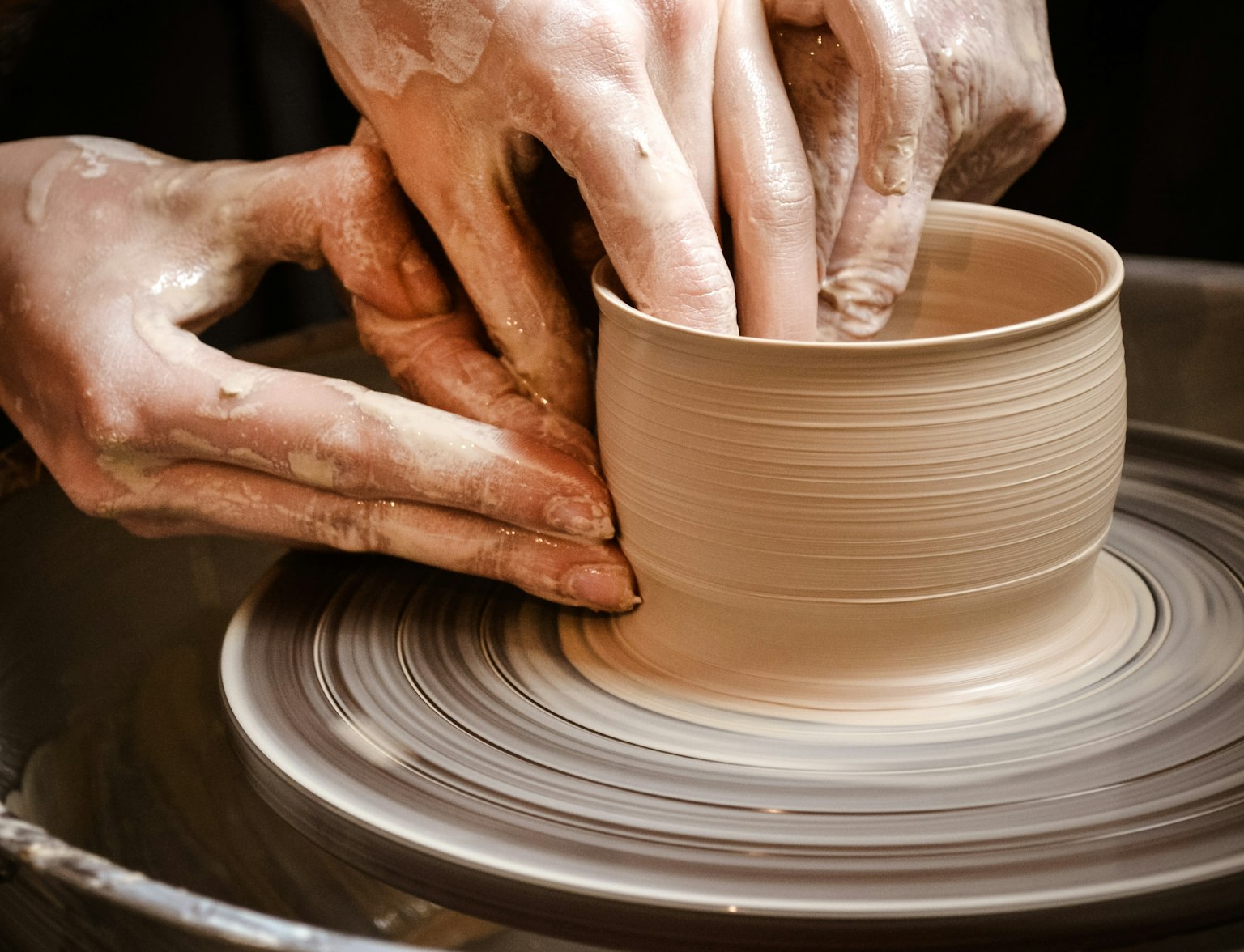
探索東京表參道區永恆的日本陶藝。
除了陶器,縄文人還創造了被稱為“土偶。”的驚人陶土偶像。這些小型人形肖像,通常是女性,據認為具有儀式意義。縄文時期的藝術產出反映出對形狀、象徵和美學的成熟理解,使其成為日本文化遺產的重要部分。
閱讀更多:古墳時代及其在日本歷史中的重要性
縄文時代的技術創新
彌生時代的特徵是顯著的技術進步,特別是在農業和冶金方面。彌生人將水稻耕作引入日本,這一做法需要複雜的灌溉系統。這場農業革命使得更大的人口得以支持,並導致更複雜社會結構的發展。
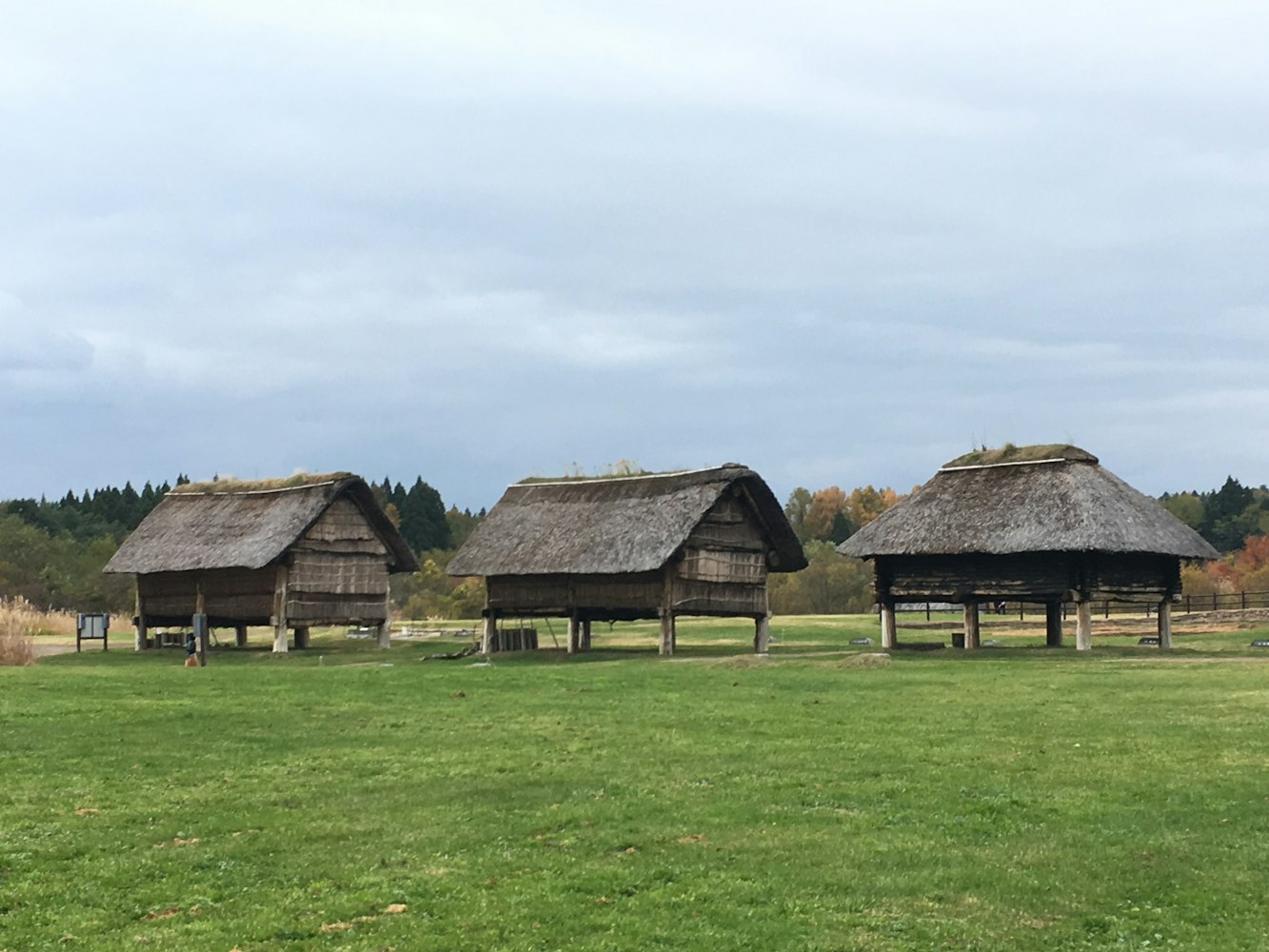
除了在農業上的進步,彌生人還帶來了處理銅和鐵的技術。這些金屬被用來製作多種物品,從實用工具到儀式物品。鑄造銅和鐵的能力代表了一次重大技術躍進,為日本技術和工業的後續發展奠定了基礎。
從縄文時代到彌生時代的轉變
日本從縄文時代到彌生時代的轉變是一個歷史上重要的時刻,標誌著從狩獵採集者社會向農業社會的轉變。這一變化主要是由於水稻耕作的引入,學者們認為這是由來自亞洲大陸的移民帶來的,特別是從朝鮮半島過來的。水稻的耕作導致了食物的過剩,使得人口增長並發展出更複雜的社會結構。
這些移民的到來及其先進的技術在這一文化轉變中也發揮了至關重要的作用。他們引入了冶金技術,尤其是銅和鐵,這促進了新工具、武器和儀式物品的發展。這一重大技術突破再加上農業帶來的社會變化,導致了縄文文化逐漸被彌生文化取代。
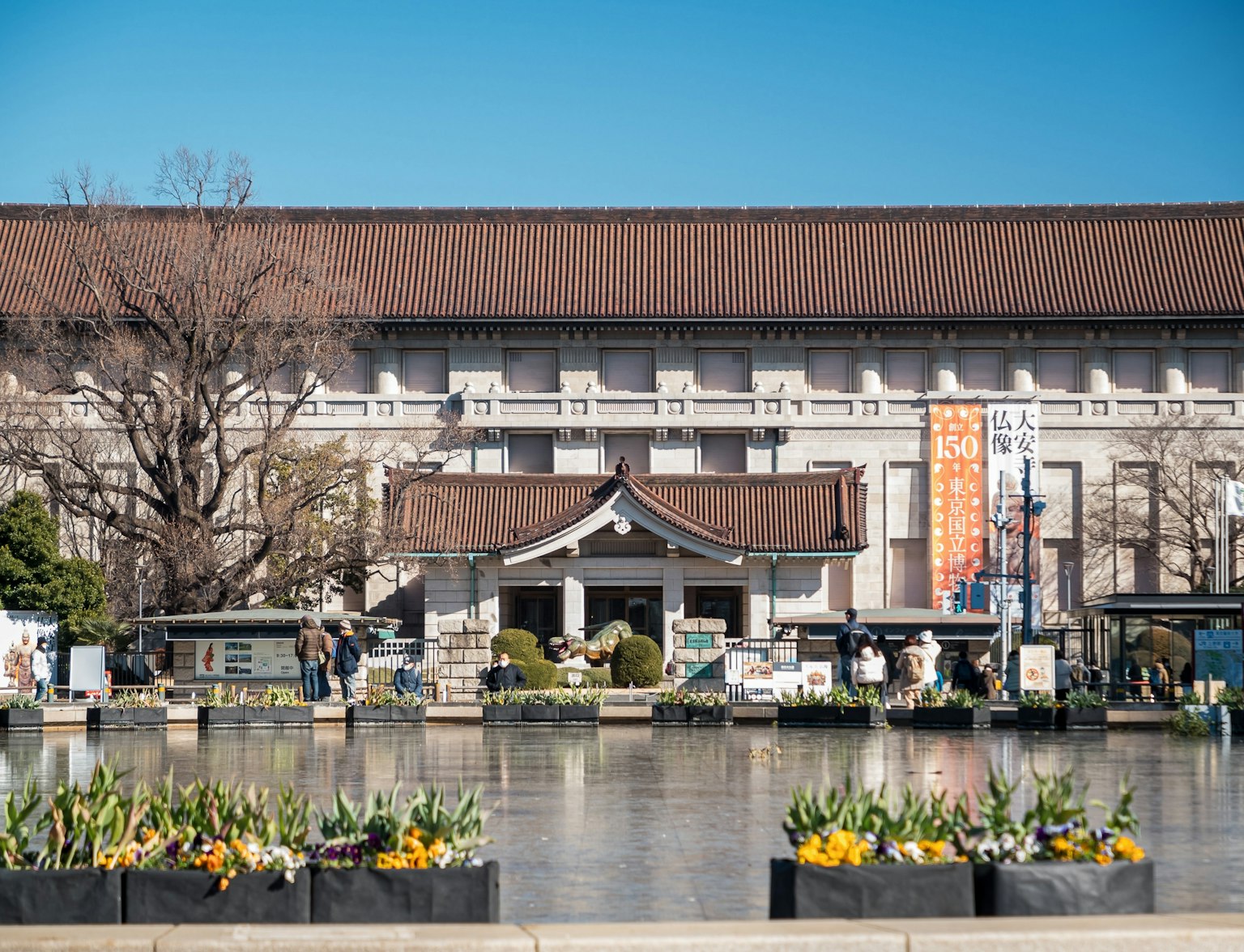
在東京國立博物館了解更多有關繩文和弥生人的資訊。
考古證據的轉變
考古發現為這一轉變時期提供了寶貴的見解。儀式性的牙齒墮落在古代中國和日本都相當普遍,這是一個明顯的例證。這一儀式在這兩種文化中的流行暗示了這一時期可能存在的文化交流或共同祖源。
陶器風格也提供了有關轉變的線索。早期的彌生陶器反映出縄文和彌生的特點,暗示了一個重疊和文化融合的時期。隨著彌生時代的進一步發展,陶器變得更加統一且實用,以符合農業社會的需求。
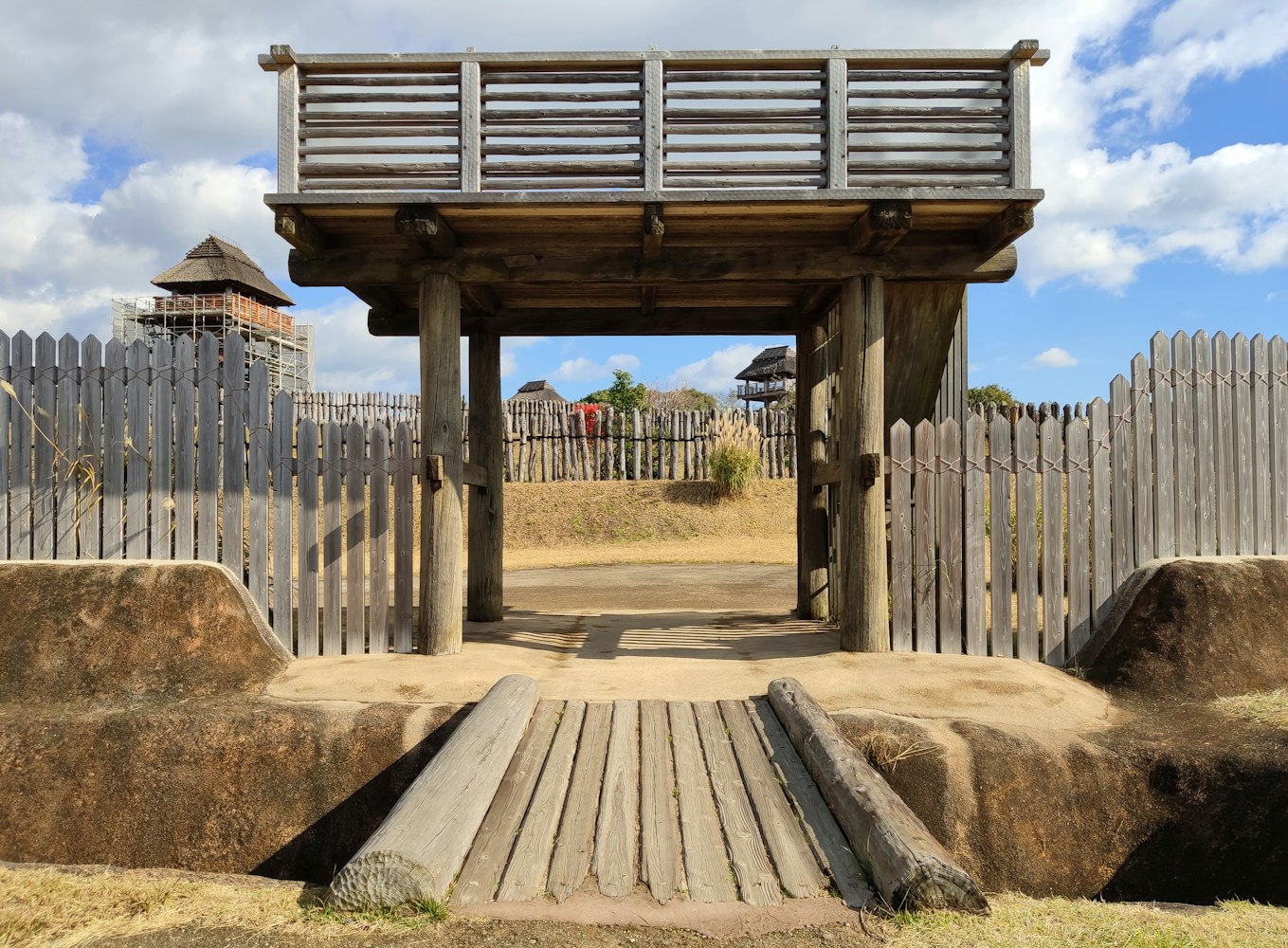
基因研究也提供了對這一轉變的見解。研究顯示在縄文時代和彌生時代之間存在顯著的基因轉變,進一步支持了來自亞洲大陸的大規模遷徙理論。這一新移民的湧入可能在文化和社會變革中發揮了關鍵作用,奠定了從縄文到彌生的轉變。
彌生人是誰?
彌生時代約從公元前300年至公元300年,是日本歷史上重要的時期。它以東京的一個區而命名,該區域首批發現了這一時期的文物。彌生人被認為來自亞洲大陸的移民,特別是朝鮮半島,這帶來了古代日本文化和生活方式的重大變化。他們引入了水稻耕作和冶金技術,從根本上改變了社會的結構。基因數據顯示,現代日本人與彌生人有著近親關係,這表明他們對當代東亞人的基因組成產生了重大影響。彌生人以氏族國家的形式組織自己,標誌著階級社會的出現。這一社會結構很可能由於水稻耕作所帶來的食物過剩而得以促進。彌生的起源標誌著縄文時代的結束,並為日本文化和社會的後續發展奠定了基礎。
彌生的生活方式和文化
彌生的生活方式以農業為主,特徵是靠近水源的永久性定居點,以便利水稻的耕作。他們的社會組織良好,隨著水稻耕作帶來的過剩,區分出明顯的社會階級。這一從縄文時代狩獵採集者的生活方式的轉變,代表著日本歷史上最重要的轉變之一。
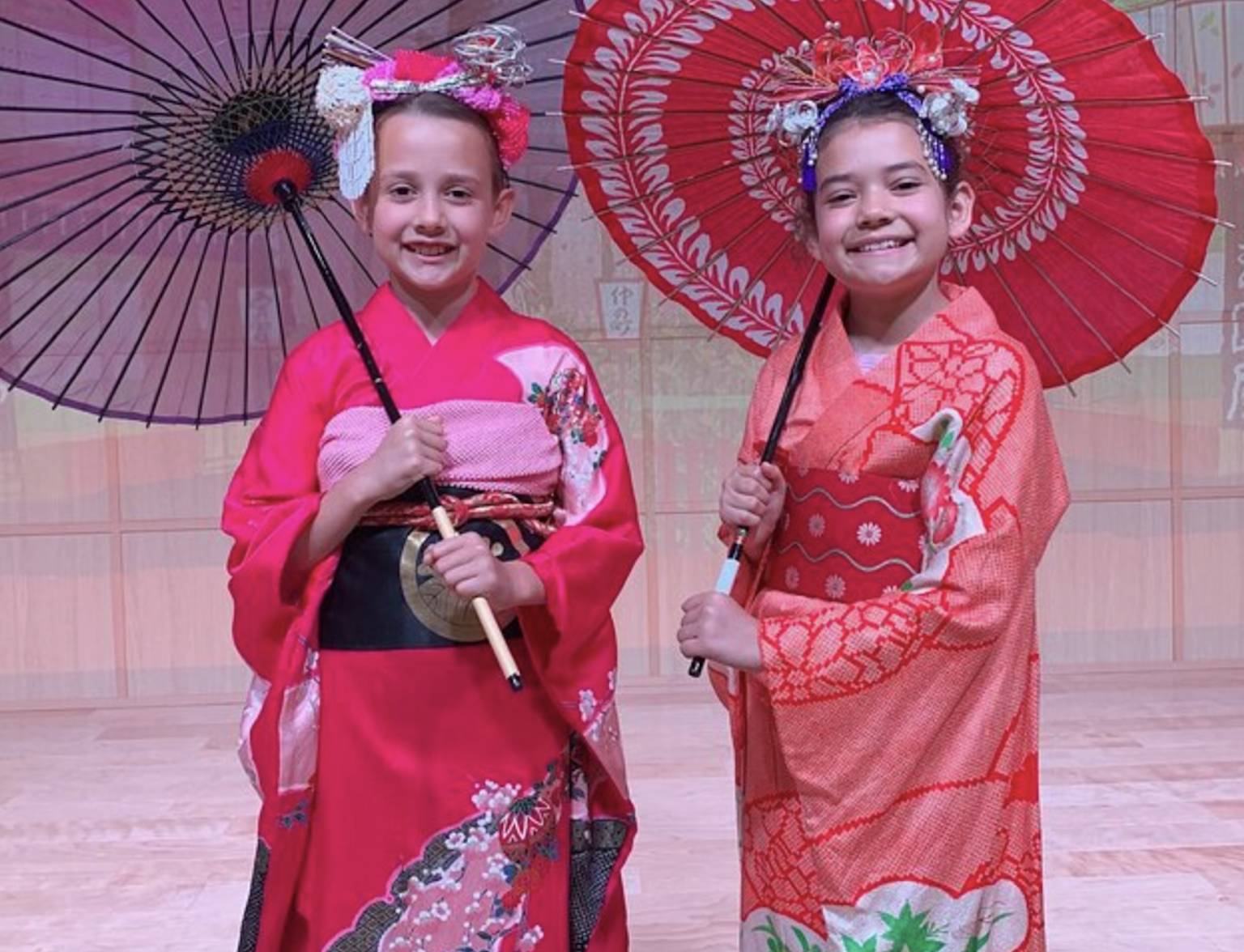
體驗當今實踐的日本文化。
藝術在彌生文化中也扮演了不可或缺的角色。陶器不僅用於實用目的,也用於儀式,反映了彌生人的精神信仰。彌生陶器雖然不如縄文陶器精緻,但卻展示了形式與功能的精湛理解,並持續影響著亞洲藝術。
彌生時期的藝術成就
彌生時期因其藝術成就而受到讚譽,特別是在陶器和冶金方面。彌生陶器雖然不如縄文陶器華麗,但卻實用且功能性強。一些作品,例如來自晚期彌生時期的裝飾有魚圖案的罐子,展示了彌生人的藝術創造力。
此外,彌生時期標誌著日本青銅器和鐵器時代的開始。彌生人引入先進的冶金技術,使用銅和鐵製作工具、武器和儀式物品。這些技術進步不僅改變了日常生活,還促進了這一時期藝術的繁榮。
彌生時期的技術創新
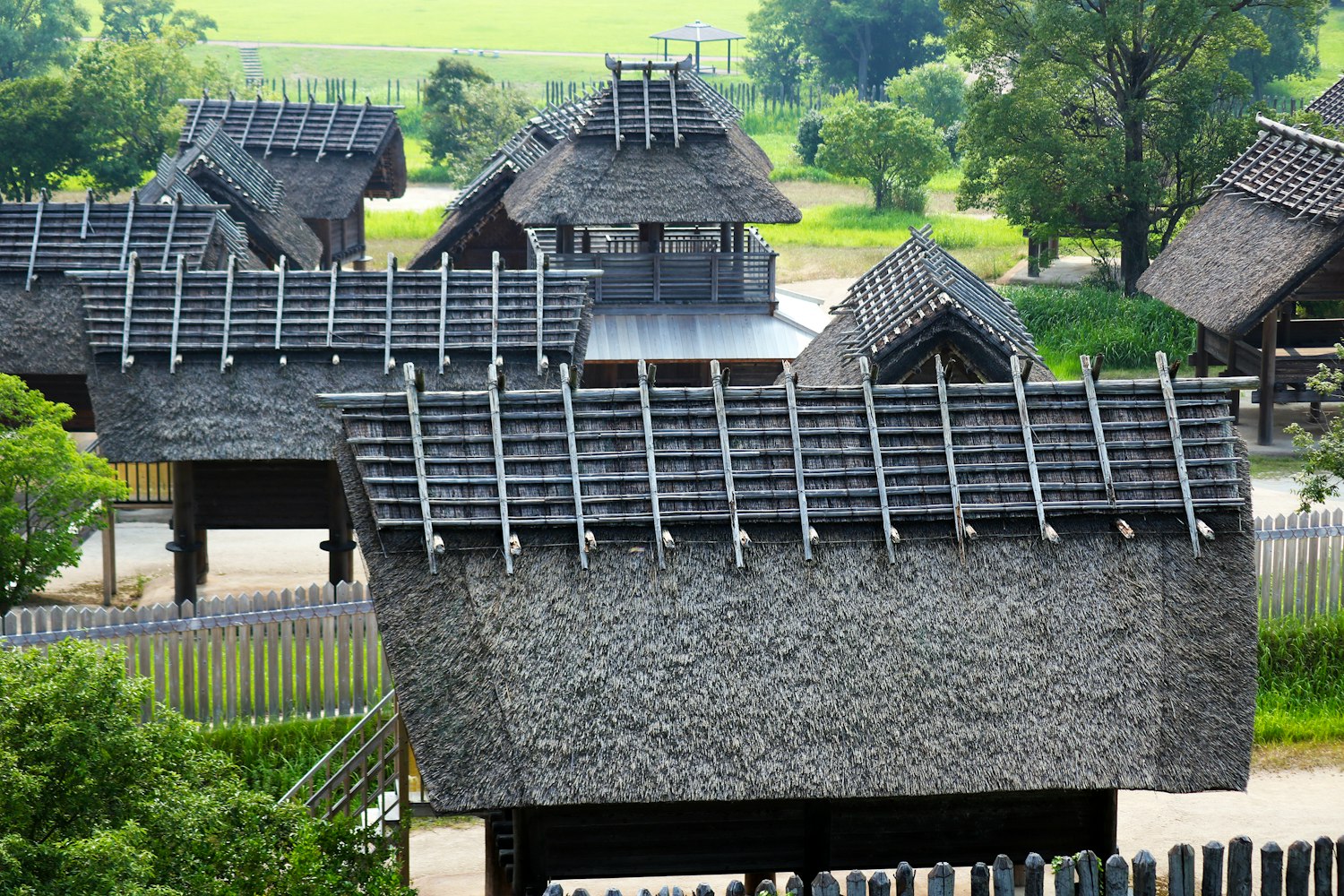
彌生時期的特徵是顯著的技術創新。水稻的耕作引入了一場重大的農業革命,要求發展複雜的灌溉系統。這一農業進步使得更大的人口得以維持,也促進了對更複雜社會結構的發展。
除了農業,彌生人還在冶金方面引入了重大進展。他們掌握了鑄造銅和鐵的技術,生產出各式各樣的物品——從實用工具到儀式用品。
比較縄文與彌生文化
縄文和彌生時代代表了日本歷史上的兩個截然不同的時代,各自擁有獨特的生活方式和文化。縄文時代以其陶器上的繩紋命名,其特徵是半遊牧生活方式。縄文人是狩獵採集者,逐漸向更定居的生活方式過渡。
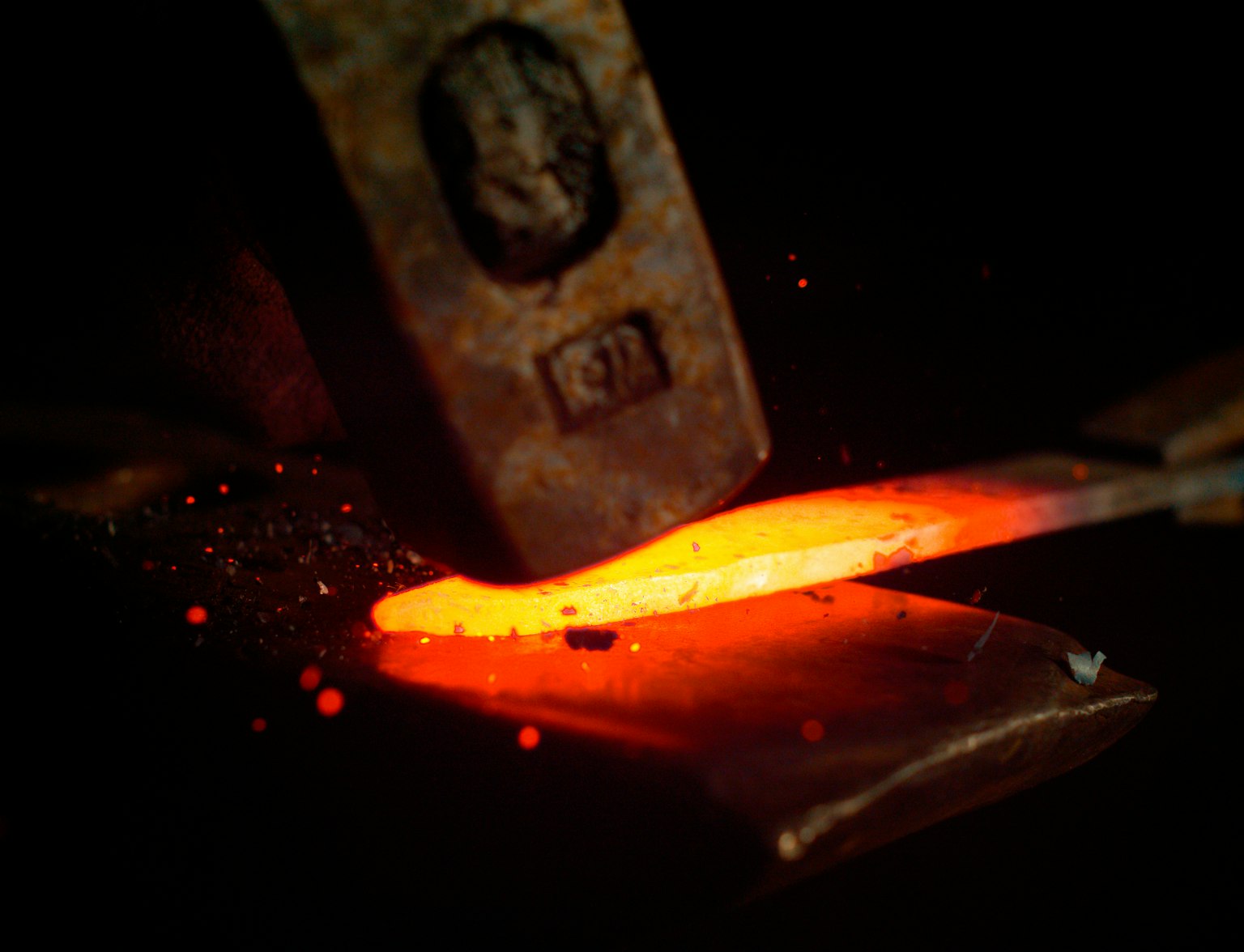
向日本刀匠淺野太郎學習刀具製作的藝術。
而彌生人則是緊接著縄文人的第一個完全定居和農業文明。彌生人引入水稻耕作,顯著改變了社會結構和生活方式。
在身體特徵上,彌生人被描述為有窄而平的面孔,平鼻,單邊厚眼瞼,及稀疏的眉毛,這使他們看起來比縄文人更“亞洲化”。縄文人最終從彌生人那裡學會了水稻耕作,並形成了一個混合的種族,這被認為是現代日本人的祖先。
技術的進步:縄文與彌生
從縄文時代到彌生時代的轉變標誌著技術進步的顯著躍進。雖然縄文人剛開始過上更穩定的生活,但彌生人引入了農業、軍事和建築技術。彌生人引入的水稻耕作需要發展複雜的灌溉系統。
此外,彌生時期標誌著日本青銅器時代的開始。彌生人引入銅和鐵工具,這不僅改變了日常生活,還促進了這一時期的藝術繁榮。這些技術上的躍進為後來日本技術和工業的發展奠定了基礎,塑造了日本歷史的軌跡。
縄文與彌生文化對現代日本的影響
縄文與彌生時期對當代日本的文化影響深遠且廣泛。日本人對“純潔”的傳統價值觀受到了中國文化的深刻影響,可以追溯到縄文時期。純潔的概念嵌入了日本社會的各個方面,從神道儀式到對食物精心的準備。同樣,彌生的影響在廣泛的水稻耕作實踐中也顯而易見,這一傳統至今仍在日本的許多地方延續。
另一個顯著的影響是彌生時期源起的社會階層。這些基於水稻耕作和隨之而來的社會變革而強化的階級結構,仍在日本社會中發揮著重要作用,影響社會行為和溝通。內外群體的觀念,例如“內”和“外”,便是這一持續影響的最佳例證。
縄文和彌生在今日日本的遺產
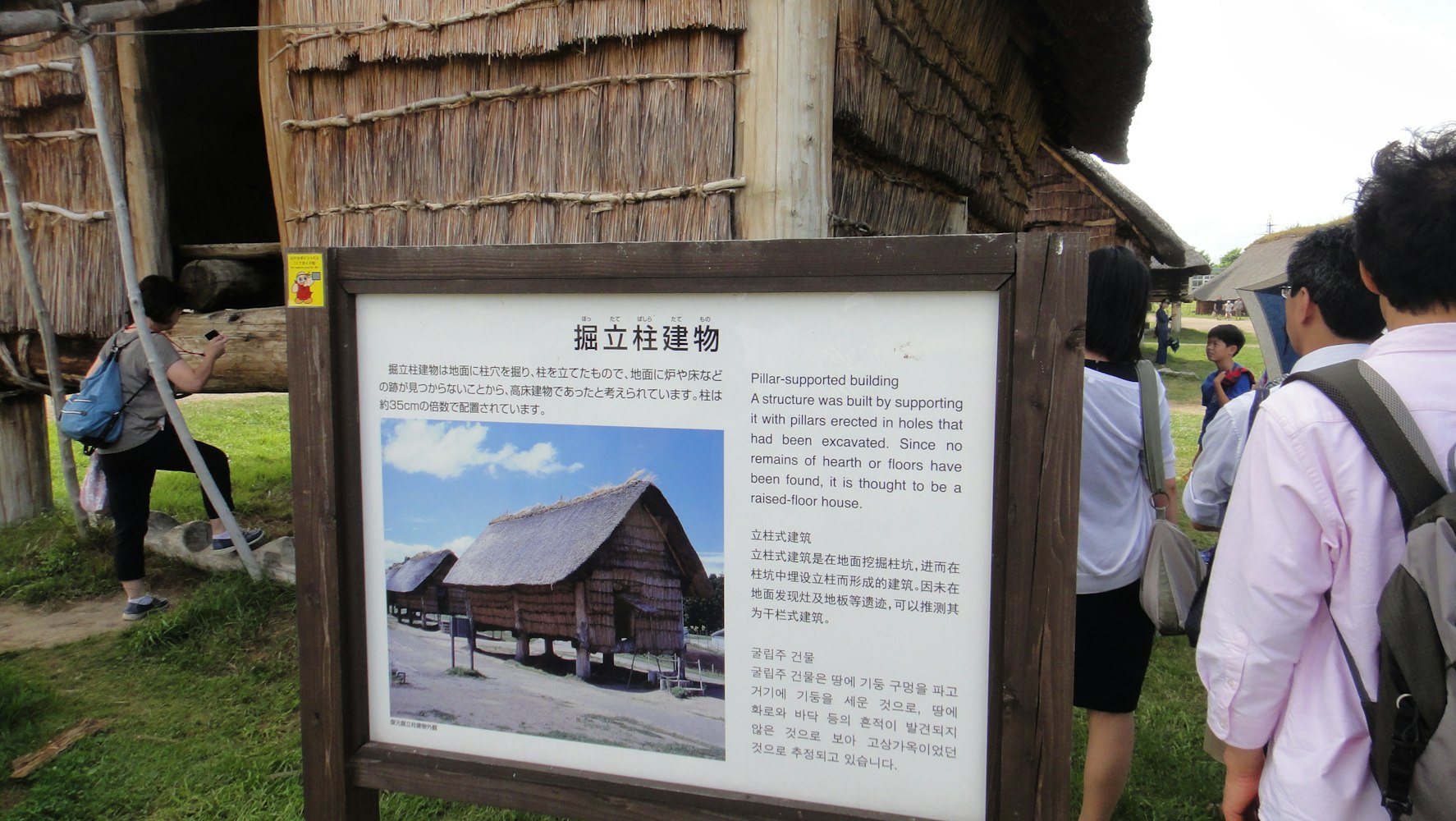
縄文和彌生時期的遺產不僅體現在文化實踐上,也體現在現代日本的物理景觀中。例如,具有精緻繩紋特徵的縄文陶器被視為國寶,並在像大都會博物館這樣的著名機構中展出。縄文陶瓷作為日本豐富文化遺產的象徵,激發了當代藝術家和設計師的靈感。
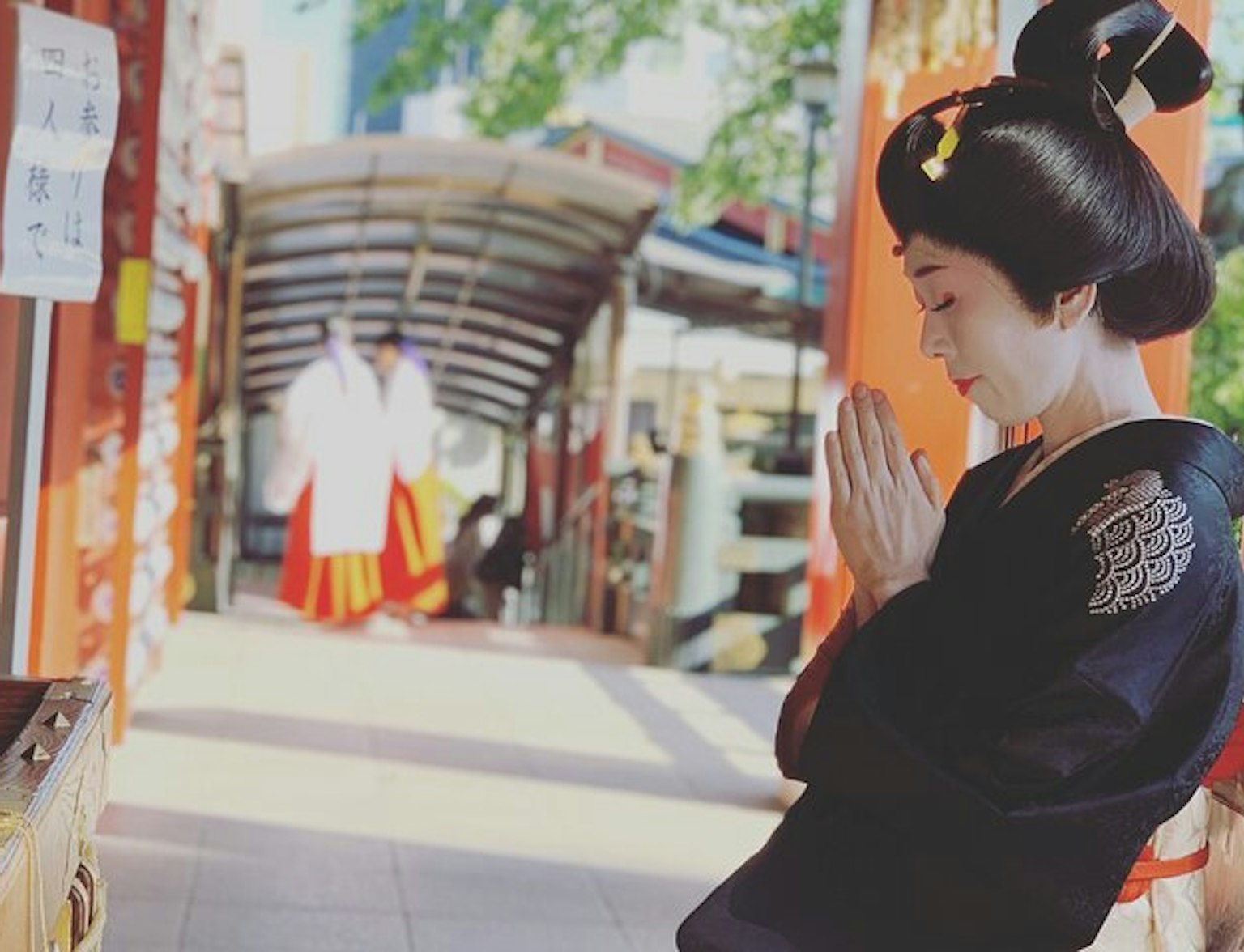
通過這次旅行深入了解神道教的習俗。
而彌生時期則標誌著日本青銅時代的開始,引入了改變日常生活的銅和鐵工具。這一時期的技術進步為後來日本技術和工業的發展奠定了基礎,塑造了日本歷史的軌跡。從受傳統日本文化影響的建築極簡主義到科學技術的革新,縄文和彌生時期的遺產持續影響著現代日本。
結論
縄文和彌生時期在日本的文化、社會和技術景觀上留下了不可磨滅的印記。從縄文陶瓷的精緻之美到彌生時期誕生的持久社會結構,這些歷史時期持續以多種方式塑造著當代日本。它們提供了一個迷人的視角來理解日本文化的豐富性和複雜性。
但要真正欣賞這一遺產的深度,人們必須親自體驗。我們邀請您與TripToJapan一起展開探索之旅。我們精心策劃的旅遊將使您沉浸在真正的日本,從東京的繁忙街道到京都的寧靜寺廟,及更遠的地方。您將有機會在博物館近距離觀賞縄文陶器,見證源自彌生時期的水稻耕作傳統,還有更多。
那麼,還等什麼呢?與我們一起深入迷人的日本世界。今天就訪問我們的網站,預訂您的旅程,開始您的冒險。體驗過去,享受現在,期待未來,與TripToJapan一起啟程。您的日本之心之旅從這裡開始。
But to truly appreciate the depth of this legacy, one must experience it firsthand. We invite you to embark on a journey of discovery with us at TripToJapan. Our meticulously curated tours will immerse you in authentic Japan, taking you from the bustling streets of Tokyo to the serene temples of Kyoto and beyond. You'll have the opportunity to see Jomon pottery up close in museums, witness the rice farming traditions inherited from the Yayoi period, and much more.
So why wait? Dive into the captivating world of Japan with us. Visit our website today to book your tour and start your adventure. Experience the past, enjoy the present, and look forward to the future with TripToJapan. Your journey into the heart of Japan starts here.
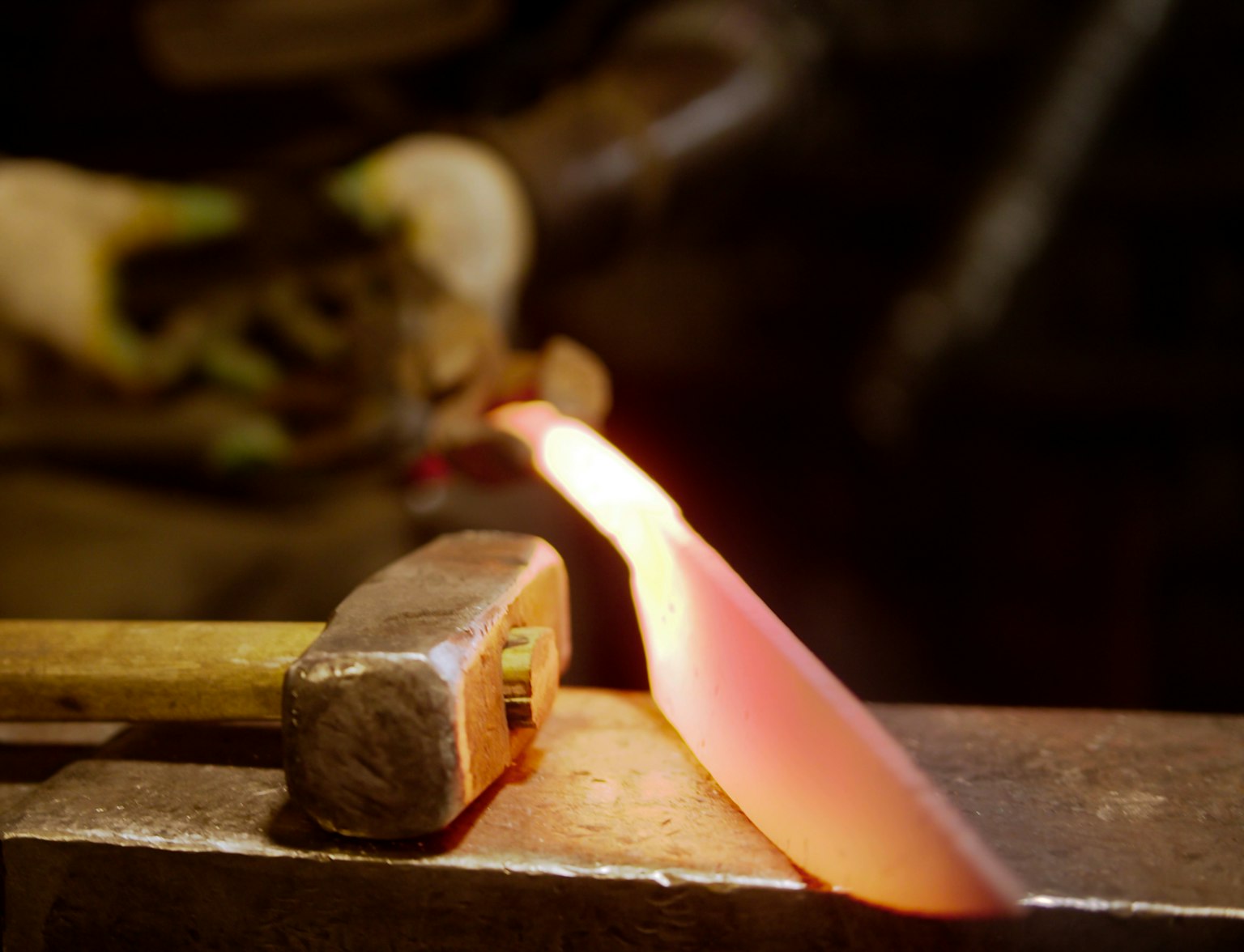
沉浸在歷史工作室的古老刀劍製作工藝中。



